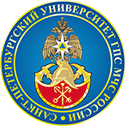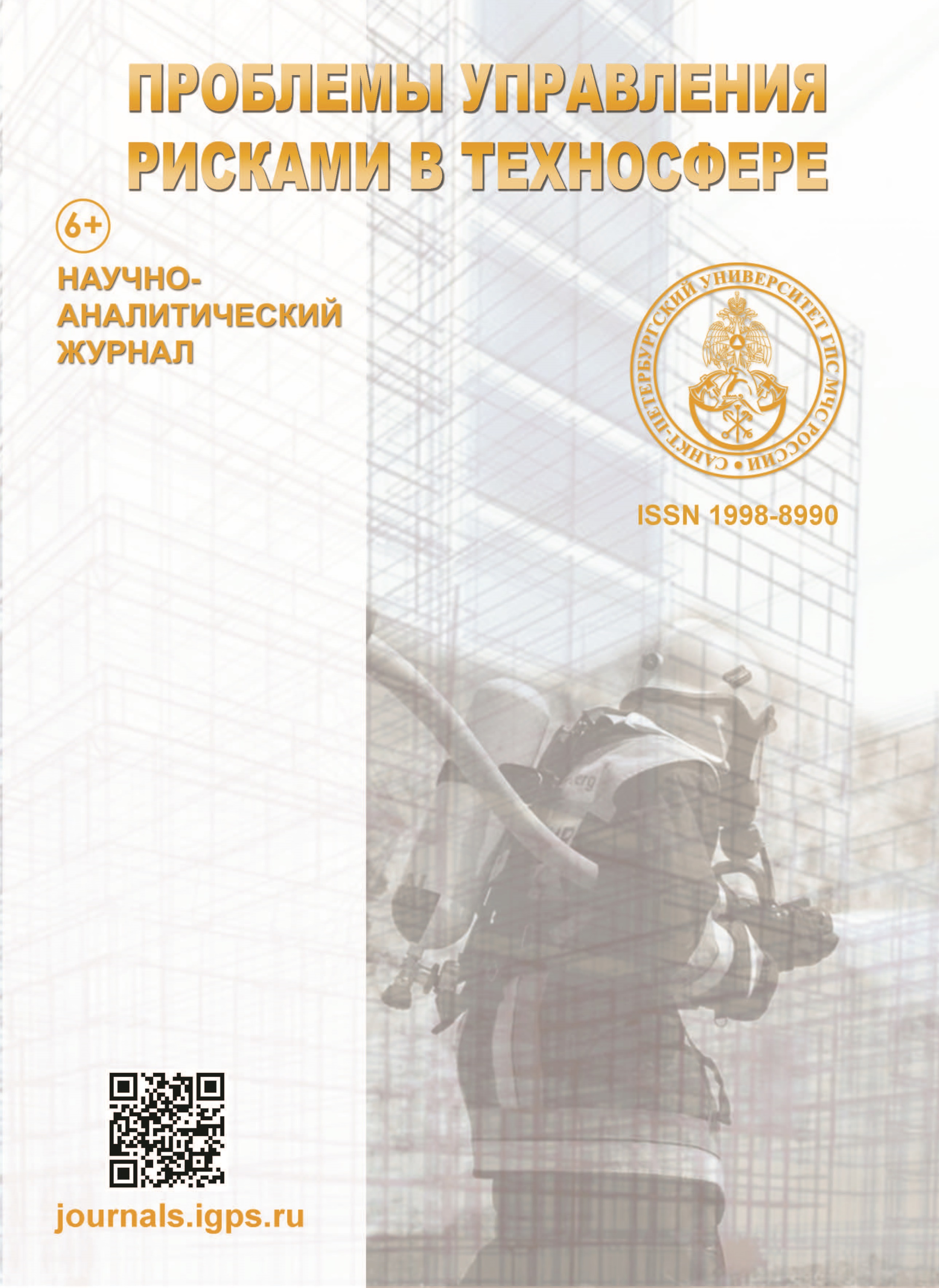Russian Federation
Russian Federation
The article presents the results of a study on the impact of ultrasonic shock treatment on the quality of welded joints to ensure the safety of oil and gas equipment housings. The safety of welded housings of oil and gas equipment is determined by the tightness of the welded joints. Violation of the tightness of the welded joint leads to an explosion and fire hazard. The poor quality of the welded joint is observed in the weld metal and in the adjacent areas of the thermal influence zone (incomplete melting area, overheating area). Here the metal consists of large grains, and there are also significant tensile stresses. The distribution of metal temperature in the zone of thermal influence during welding of low-carbon steel is calculated. According to the values of the critical temperature of the «iron-cementite» diagram, the zone of thermal influence is divided into sections, their sizes are determined. The distribution of residual stresses in a butt welded joint is considered. It is shown that the weld metal experiences tensile residual stresses. The effect of ultrasonic shock treatment on the quality of the butt weld metal of the casing of oil and gas equipment made of steel 09G2S has been experimentally evaluated. The quality of the metal of the welded joint was determined by measurements of its hardness immediately after welding in the area subjected to ultrasonic shock treatment and the area in which such treatment was not carried out. The results of measuring the hardness of the welded joint showed an improvement in the condition of the metal after ultrasonic shock treatment. The hardness characterizing the strength properties of the metal is distributed evenly over the welded joint and corresponds to the hardness of the base metal of the housing. The quality of the welded joint has been experimentally improved as a result of its ultrasonic shock treatment to ensure the safety of the casing of oil and gas equipment. The article corresponds to the scientific direction 2.10.1 – Fire safety.
hardness, oil and gas equipment housing, welded joint, thermal influence zone, ultrasonic shock treatment, residual stresses, fire safety
1. Sornette D., Maillart T., Kröger W. Exploring the limits of safety analysis in complex technological systems // International journal of disaster risk reduction. 2013. Vol. 6. P. 59-66. DOI:https://doi.org/10.1016/j.ijdrr.2013.04.002.
2. Bauwens C.R., Chaffee J., Dorofeev S.B. Vented explosion overpressures from combustion of hydrogen and hydrocarbon mixtures // International journal of hydrogen energy. 2011. Vol. 36. Iss. 3. P. 2329-2336. DOI:https://doi.org/10.1016/j.ijhydene.2010.04.005.
3. Quantification of oil spill risk / D.S. Etkin [et al.] // Oil spill science and technology - Fingas M. (ed.). 2-nd ed. Cambridge, MA: Gulf professional publishing. 2017. P. 71-183. DOI:https://doi.org/10.1016/B978-0-12-809413-6.00002-3.
4. Vianello C., Maschio G. Quantitative risk assessment of the Italian gas distribution network // Journal of loss prevention in the process industries. 2014. Vol. 32. P. 5-17. DOI:https://doi.org/10.1016/j.jlp.2014.07.004.
5. Thermal stress and deformation in moderately thick shells of revolution of functionally graded material under thermal impulsive loading / Sh. Takezono [et al.] // Transactions of the Japan society of mechanical engineers. Series B 00066(00645). 2000. Vol. 66. № 645. P. 1060-1067.
6. Analiz otkazov i povyshenie nadezhnosti polevyh magistral'nyh truboprovodov / R.M. Zyabirov [i dr.] // Tekhnologiya nefti i gaza. 2019. № 2 (121). S. 45-48.
7. Komaricina V.N., Suhorukova N.N. Issledovaniya mekhaniki deformacij i razrushenij i nekotorye voprosy obespecheniya bezopasnosti i nadezhnosti truboprovodov s uchetom osobennostej tekhnologicheskogo processa // Nauka i tekhnologii truboprovodnogo transporta nefti i nefteproduktov. 2017. T. 7. № 4. S. 116-119.
8. Kopel'man L.A. Osnovy teorii prochnosti svarnyh konstrukcij: ucheb. posobie. 2-e izd., ispr. SPb.: Izd-vo «Lan'», 2010. 464 s.
9. Andryushkin A.Yu., Kadochnikova E.N., Rustamova M.U. Eksperimental'noe opredelenie prochnostnyh i plasticheskih svojstv korpusov neftegazovogo oborudovaniya po tverdosti i ih vliyanie na vzryvopozharnuyu opasnost' // Problemy upravleniya riskami v tekhnosfere. 2022. № 2 (62). S. 16-24.
10. Zarezin V.E. Metodika uluchsheniya kachestva svarnyh shvov ul'trazvukovoj udarnoj obrabotkoj s obosnovaniem optimal'nyh parametrov uprochneniya poverhnostnogo sloya // Tekhniko-tekhnologicheskie problemy servisa. 2016. № 4. S. 16-22.
11. Antonov A.A., Letunovskij A.P. Snizhenie ostatochnyh svarochnyh napryazhenij metodom ul'trazvukovoj udarnoj obrabotki // Truboprovodnyj transport: teoriya i praktika. 2012. № 2 (30). S. 21-26.
12. Tazhibaev A.R., Tazhibaeva A.V., Bikbulatova G.I. Metody vyyavleniya i snizheniya ostatochnyh napryazhenij v svarnyh soedineniyah // Sovremennye materialy, tekhnika i tekhnologii. 2021. № 5 (38). S. 45-53.







